How to get rid of whitefly on indoor flowers in harmless ways?
Flowers on the windowsill also require attention, so if you see white midges on indoor plants, start fighting the whitefly. The larvae of this butterfly attach to the leaves very firmly, it is difficult to wash them off. Insects reproduce quickly and can destroy the entire collection of home flowers in a couple of months. You can destroy the pest with the help of insecticides or folk methods.
An infected flower can become a breeding ground for pests
Adult butterflies flutter all over the house, looking for nooks and crannies to hide from the effects of harmful substances. It is advisable to catch the moment when the individual has just emerged from the cocoon, at this time it needs enhanced nutrition and a partner for mating. It is then that it is most convenient to destroy the whitefly, then the butterflies will find secluded places, spread over a large territory, and it will become more difficult to fight them.
Advice
Having seen even one white fly, urgently inspect all flowers and take preventive measures. In 20 days, adults will hatch from the eggs laid by her, and after a couple of months the pests will occupy all the plants.
As soon as you see one infected plant, quarantine the flowers. Put the pot with the infected bush on a separate window, and treat the place where it stood with water with the addition of soap and alcohol. Rinse all surfaces that are not afraid of moisture: pots, painted walls and slopes, glass, windowsill, stand. Take a close look at all your green pets - perhaps the pest has already moved to another specimen.
For a plant on which a whitefly has been noticed, remove the top layer of soil and fill in fresh disinfected soil. Cut the leaves that are badly damaged, and wash the rest of the flower with a cloth dipped in soapy water. If the leaves cannot be exposed to moisture, spray them with insecticide. When the drops are dry, treat both the flower and the earth with an insect repellent. It is advisable to spray other plants in this room as well.
Tune in for a long struggle - it may take about 2 months to destroy butterflies. Inspect all flowers every day, remove diseased, dried and damaged leaves. Remove the seen clutches of eggs, and try to catch and destroy adult insects. The larvae stick to green surfaces very firmly, they can only be washed off from hard leaves, and the delicate parts of the plants will have to be cut off. If you leave the masonry, the whitefly will breed on the plants very quickly, and you will have to fight it with strong and toxic insecticides.
How to spot a whitefly on flowers?
Indoor plants are usually attacked by the greenhouse whitefly. It is a small butterfly with wings covered with white bloom. Immediately after emerging from the cocoon, adult insects begin to mate and lay eggs on the seamy side of the leaves.
You can notice the presence of a pest by the following signs:
- if you shake a flower, a swarm of small white butterflies will fly up;
- on the leaves, the waste products of insects are visible in the form of a sticky shiny plaque;
- clutches of eggs and larvae are located on the underside of the leaf.
The pest not only eats the plant. The excrement of moths clogs the pores with a sticky film, the leaf loses its ability to breathe. A sooty fungus develops in the secretions, which grows into green tissues. On the affected areas, white bloom appears first, then black spots.The flower loses strength, begins to ache. The leaves turn yellow and curl.
Whitefly can attack any plant, but there are flowers that the pest especially loves. Often he chooses bushes with large thick leaves, where it is very convenient to lay eggs and hide.
Inspect regularly and very carefully:
- gerberas;
- gloxinia;
- primrose;
- begonias;
- violets;
- hydrangeas.
Whitefly chemicals
To control pests of indoor plants, there are systemic preparations. The soil in the pot is poured with a solution, the roots absorb the poison. After a while, the poisoned composition will spread throughout the flower, and the pest will die if it eats greens or juices.
For this method, you can apply:
- Tanrek;
- Aktaru;
- "Confidor".
With the help of systemic insecticides, the larvae that feed on the flower sap can be destroyed. In the pupal stage, the insect does not eat anything, the pest can be destroyed only with preparations of intestinal contact action. Alternate treatment with insecticides that accumulate in the tissues of the plant, and preparations that act when an insect comes into contact with the integument.
For spraying against pests at any stage of development, you can apply:
- Inta-Vir;
- Fitoverm;
- Akarin.
When using any chemical agent, read the instructions carefully. If you are going to use some parts of an indoor flower for food or for medicinal purposes, look for how long toxic compounds remain in the tissues. Pay attention to whether the insecticide can be used indoors, how dangerous it is for people and pets. It is better to start the treatment with the least toxic preparation Fitoverm, and only if you do not get the desired effect, move on to stronger products.
It is recommended to process the plants every week, but the preparations are different, some brand may have a completely different spraying pattern. Read the instructions carefully, it says it all. If you want the fight against whitefly to give the maximum effect, carry out the treatment at an air temperature in the room above + 20⁰ C. In a cool room, the effectiveness of toxic substances becomes lower.
Traditional methods of protecting indoor plants
It is undesirable to use chemistry on garden crops that are grown for human consumption. Many owners of summer cottages are fighting pests with folk methods. With indoor flowers, the problem of poisoned food does not arise, but not all growers want to breathe harmful fumes, to be afraid that the child will throw his hands into poisonous soil. Getting rid of whitefly on indoor flowers with folk remedies is more difficult than using chemical insecticides, you will have to be patient and persistent.
Special traps will help you catch adult butterflies. You can buy fly sticky tapes or make your own glue trap. Paint a piece of cardboard yellow, brush it with machine oil or petroleum jelly and place it directly in a pot or hang over a flower. A little honey can be added to attract insects. The butterfly will stick to the sticky surface and will not fly away.
Eggs, larvae and pupae do not move around the room, they can only be destroyed on the flower. There are several recipes for getting rid of pests.
- Dissolve a tablespoon of soap shavings in a glass of warm water. Cover the green part with foam, rinse off after 2 hours.
- Add a teaspoon of ammonia, technical or medical alcohol to the previous composition, add water so that the volume of the solution is 0.5 liters. Compounds with alcohol cannot be kept on the leaves for more than 15 minutes - rinse the flower thoroughly after a quarter of an hour.
- Pour a glass of wood ash into 5 liters of water, let it brew for 4 hours. Add 50 g of soap shavings, mix well and spray the flower.
- Grind 5 cloves of garlic into gruel, pour a glass of water, let it brew for 2 days. Drain and spray the plants every week.
- Cover the soil in the pot with paper, spread the gruel of garlic teeth on it. Cover the bush with the pot with a plastic bag. Keep the plant covered with plastic for 7 days, opening for a few minutes daily for airing.
- In a liter of water, brew about 20 g of onion husks, let it brew for a day and spray the flowers.
- Plants that are not afraid of the cold can be kept for a couple of hours at temperatures below + 10⁰ C. Butterflies and larvae will die, but the eggs will survive, so after 10 days the procedure will have to be repeated.
If you use home remedies carelessly, you can destroy the flower, then all that remains is to burn the remains of the plant, along with all the larvae and pupae. So that only pests die, and your green pets remain alive and well, remember that the soap solution cannot be kept on the leaves for a long time. The film will close the stomata, disrupt respiration and photosynthesis. If using soap, wash off the solution thoroughly and in time. Do not treat plants with delicate leaves with alcohol, watch in a small area how the green tissue reacts to the solution.
Advice
To prevent the solutions from rolling off the leaves, add a teaspoon of soap shavings to each liter of the composition.
Pest prevention
The whitefly loves warm and humid air, so it often settles in greenhouses and greenhouses. Knowing its features, you can find a way to prevent the appearance of pests.
To prevent insects from living on your indoor flowers, take the following measures:
- pour water out of the trays;
- do not place the pots close to each other, the plants should not touch the leaves;
- keep a new copy for the first week separately from the rest of the flowers;
- ventilate the room;
- if you use soil from the forest or from the garden, sterilize it.
The whitefly loves almost all representatives of the flora, but still there are plants that the pest avoids. You can spray the plants from time to time with infusions of herbs that the white butterfly does not like. To prepare the compositions, you can take:
- dandelion;
- yarrow;
- tobacco;
- onion;
- garlic.
Healthy, robust plants can fight pests and infections on their own. Increase the immunity of your pets, create conditions for them as comfortable as possible for this species: regulate the temperature and humidity of the air, lighting. Proper care will make the plants strong and strong, do not starve them, observe the watering and feeding regime. Do not forget about hygiene procedures: periodically wash the above-ground part in the shower or wipe the leaves with a damp cloth. Before the "bathing day", examine the bush, remove all diseased and dried fragments.
If you want to have an indoor flower, do not forget that you are taking responsibility for a living organism. Your green pets can be friends with each other, then the two species will get along well in one pot. They may feel dislike, then one or both of the bush standing next to it will look oppressed. Plants are also hungry and thirsty, get sick, die. They cannot say in words what worries them; they have to determine the cause of the discomfort by external signs. Provide the flowers with good care, protect them from pests, and green bushes with bright inflorescences will fill the apartment with beauty and pleasant aromas.
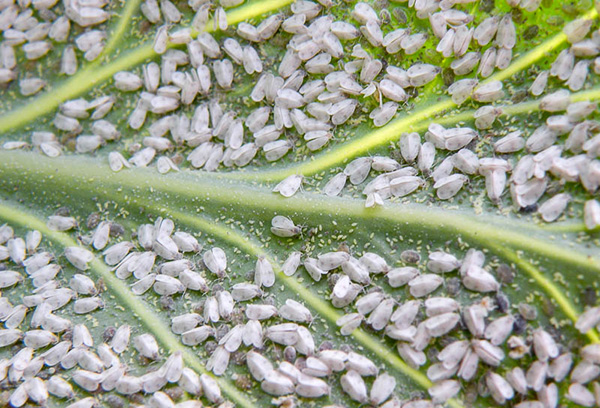
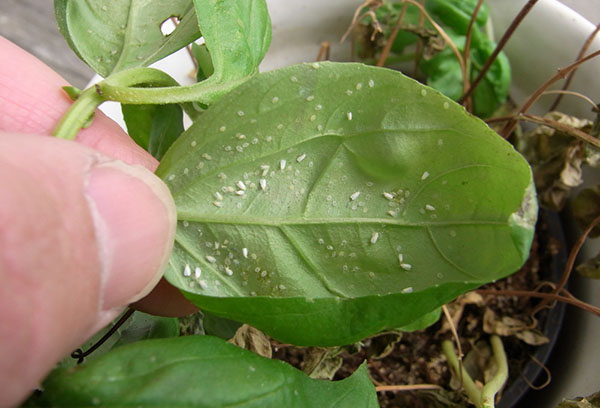
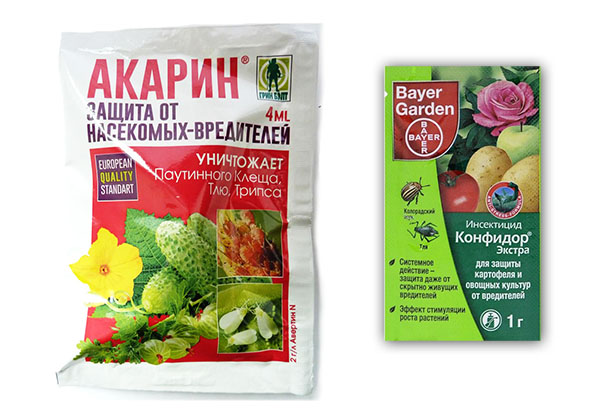
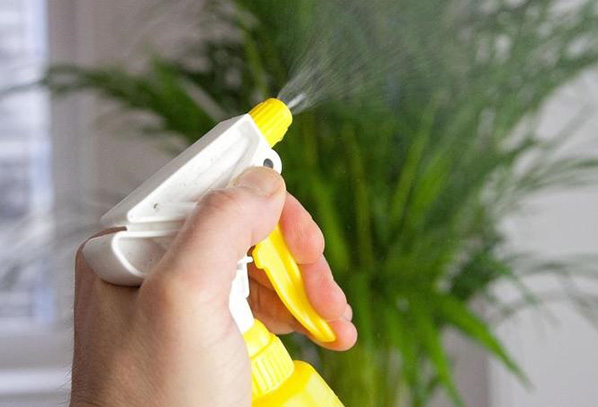
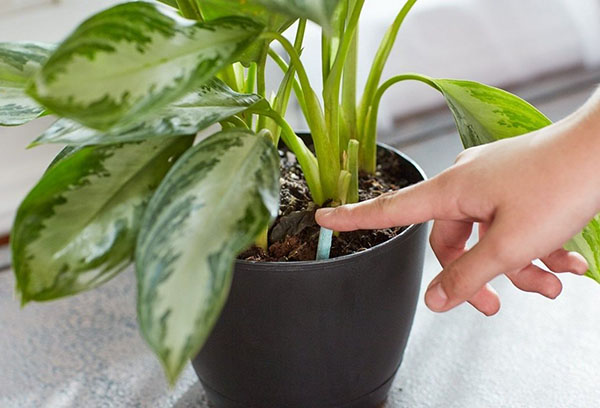
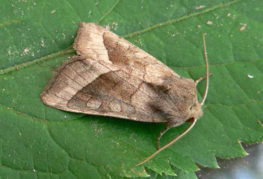

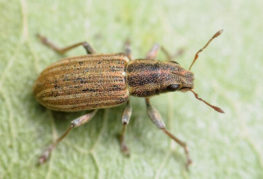
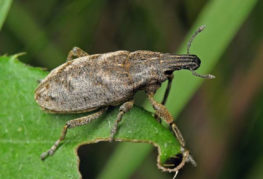
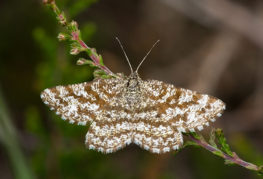
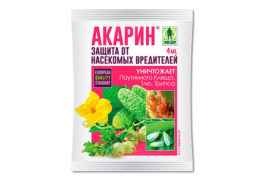
and will be published shortly.